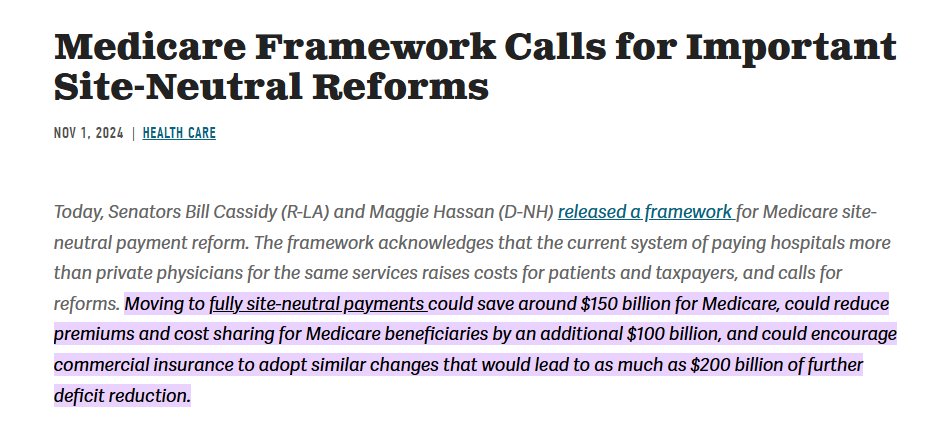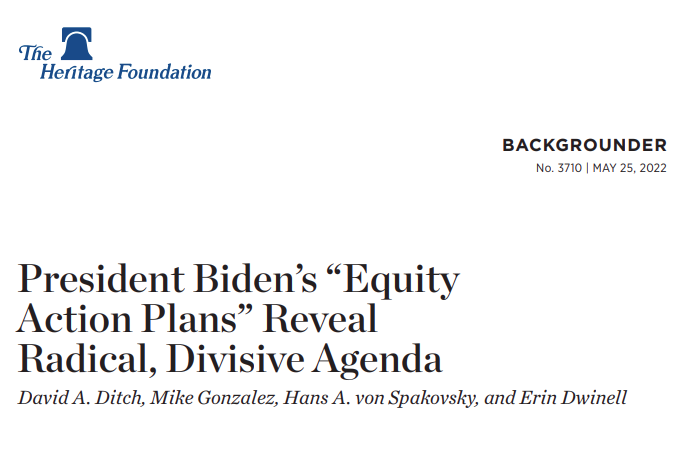
Analyst covering federal spending, debt, infrastructure @Heritage; tweeted opinions are mine. Fan of struggling causes (limited government & Buffalo Bills).
How to get URL link on X (Twitter) App



 The largest program in HHS, and the second-largest in the federal government, is Medicare. @DOGE can lead the way on overdue reforms.
The largest program in HHS, and the second-largest in the federal government, is Medicare. @DOGE can lead the way on overdue reforms.





 Making a Bad Situation Worse
Making a Bad Situation Worsehttps://x.com/DavidADitch/status/1831716613810483591

 "Build Back Better" Goes Bust
"Build Back Better" Goes Bust
 A way for Congress to get around spending caps is "rescissions," or cuts to previously enacted spending. Every dollar "cut" makes room for more spending.
A way for Congress to get around spending caps is "rescissions," or cuts to previously enacted spending. Every dollar "cut" makes room for more spending.

 The name of the game for congressional spenders is "what can we get away with" rather than "how can we use the public's money most responsibly." For example: they use "emergency" designations as a budget gimmick to cram more $$$ inside spending caps. (2)
The name of the game for congressional spenders is "what can we get away with" rather than "how can we use the public's money most responsibly." For example: they use "emergency" designations as a budget gimmick to cram more $$$ inside spending caps. (2) 




https://twitter.com/DavidADitch/status/1605102741617086464Today's earmark is $500,000 for upgrading a skate park in Burrillville, Rhode Island, which was requested by Rep Langevin with support from Sen Whitehouse.

